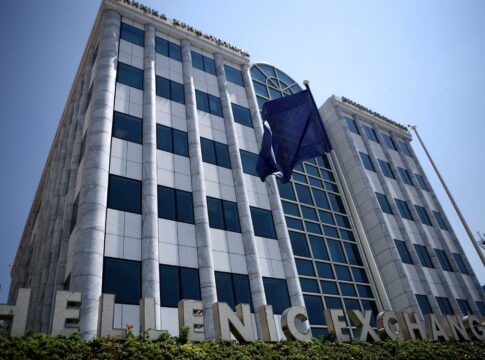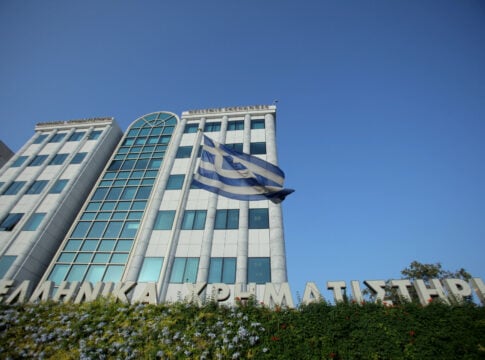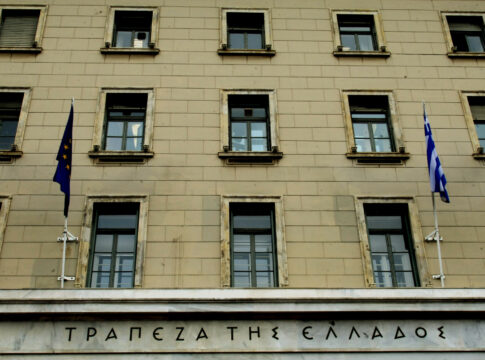The Public Debt Management Agency (PDMA) and the Ministry of Finance are aiming to reduce Greece’s 2025 loan program, aiming to reduce the debt-to-GDP ratio as well as the government debt in absolute terms.
The loan program will be officially announced in December. However, it seems that there is room to raise no more than 8 billion euros throughout 2025, compared to 10 billion euros that have been planned to be raised this year, through the two new bond issues already made as well as the reissuing of existing bonds.
The issue of deferred interest will also be cleared up by December, which means that both the general government debt in absolute terms and the debt-to-GDP ratio can be calculated more precisely.
In the worst case scenario, all the interest (so far 12.5 billion euros) will be passed on to GDP, but without increasing the latter due to readjustment (a revision of GDP is imminent to use 2020 as a base year and not 2015 which is applied today), the 2025 projections will be recalculated, as general government debt will now amount to around 365-366 billion euros, while the debt-to-GDP ratio will be increased by around 5 percentage points.
If GDP increases, the burden on the debt/GDP ratio will be smaller.
But whatever the “starting point” is, i.e. the debt-to-GDP ratio at the end of 2024, but also the government debt in absolute terms on 31/12/2024, the objective of the financing program will remain the same: reducing the balance of the debt by 2025 and improving the debt-to-GDP ratio by more than six percentage points.
The ability to request less capital from the markets is given because:
1. The financial needs of 2025 are limited, as a significant part of the obligations (such as, for example, the installment of the GLFs, i.e. the bilateral loans that Greece has entered into with the countries of the Eurozone within the framework of the first memorandum) has already been repaid early since last year.
The obligations that must be met in 2025 are as follows: 2.258 billion euros are the bond maturities that must be repaid in 2025.
Another 408 million euros that the country must pay to the EIBT must be added to this amount, but also 1 billion euros that originates as a debt from the Sure program (utilized by Greece during the pandemic, with the remaining debt amounting to 6.16 billion euros).
Regarding official sector loans, payments reach 1.738 billion euros.
2. Primary surpluses will again move this year to higher levels than the annual target, which is also reflected in the country’s cash reserves.
Based on the draft budget, the 2024 primary surplus will reach at least 2.4% of GDP against the 2.1% that was the target.
3. The cash reserves of the country are also strengthened by the implementation of the privatization program. The collection of approximately 4 billion euros is pending – in terms of cash – and the only thing that remains to be seen is whether the amount will flow in by the end of the year or whether it will be transferred to the beginning of 2025.














